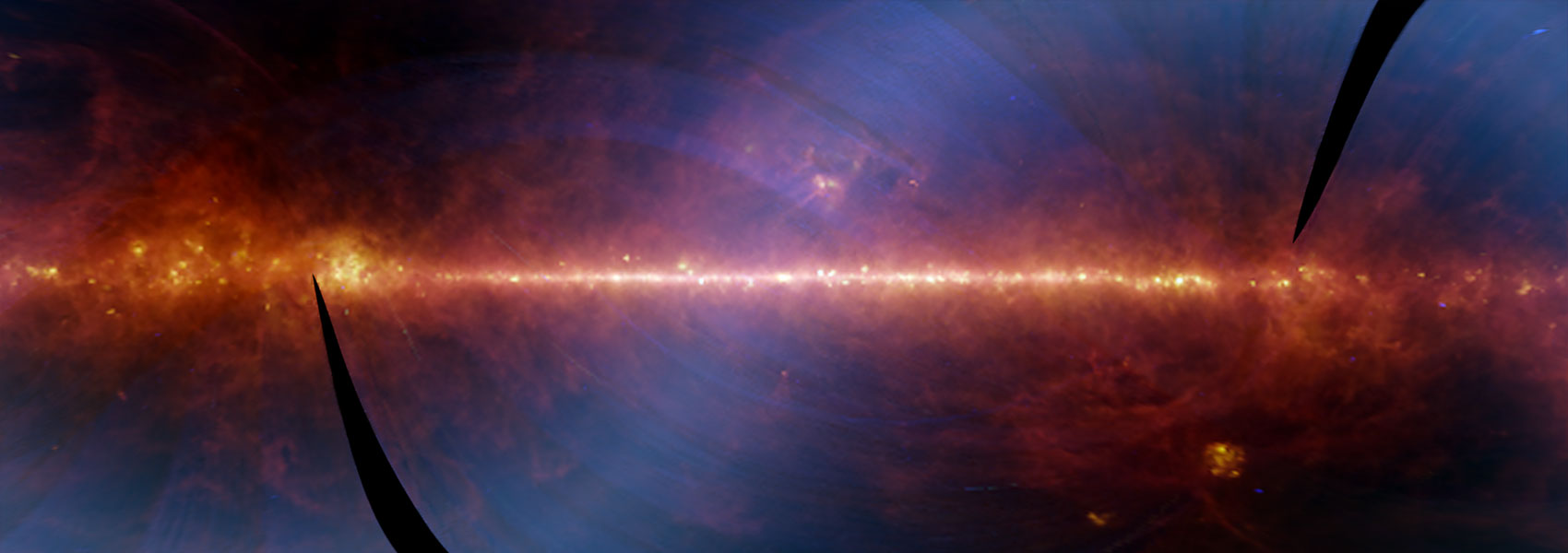October
2016
•
2016ApJ...830..135C
Authors
•
Carlberg, R. G.
•
Grillmair, C. J.
Abstract
•
Measurements of velocity and density perturbations along stellar streams in the Milky Way provide a time-integrated measure of dark matter substructure at larger galactic radius than the complementary instantaneous inner-halo strong lensing detection of dark matter sub-halos in distant galaxies. An interesting case to consider is the proposed Phoenix-Hermus star stream, which is long, thin, and on a nearly circular orbit, making it a particular good target to study for velocity variations along its length. In the presence of dark matter sub-halos, the stream velocities are significantly perturbed in a manner that is readily understood with the impulse approximation. A set of simulations shows that only sub-halos above a few 107 M ⊙ lead to reasonably long-lived observationally detectable velocity variations of amplitude of order 1 km s-1, with an average of about one visible hit per (two-armed) stream over a 3 Gyr interval. An implication is that globular clusters themselves will not have a visible impact on the stream. Radial velocities have the benefit of being completely insensitive to distance errors. Distance errors scatter individual star velocities perpendicular and tangential to the mean orbit, but their mean values remain unbiased. Calculations like these help build the quantitative case to acquire large, fairly deep, precision velocity samples of stream stars.
Links




